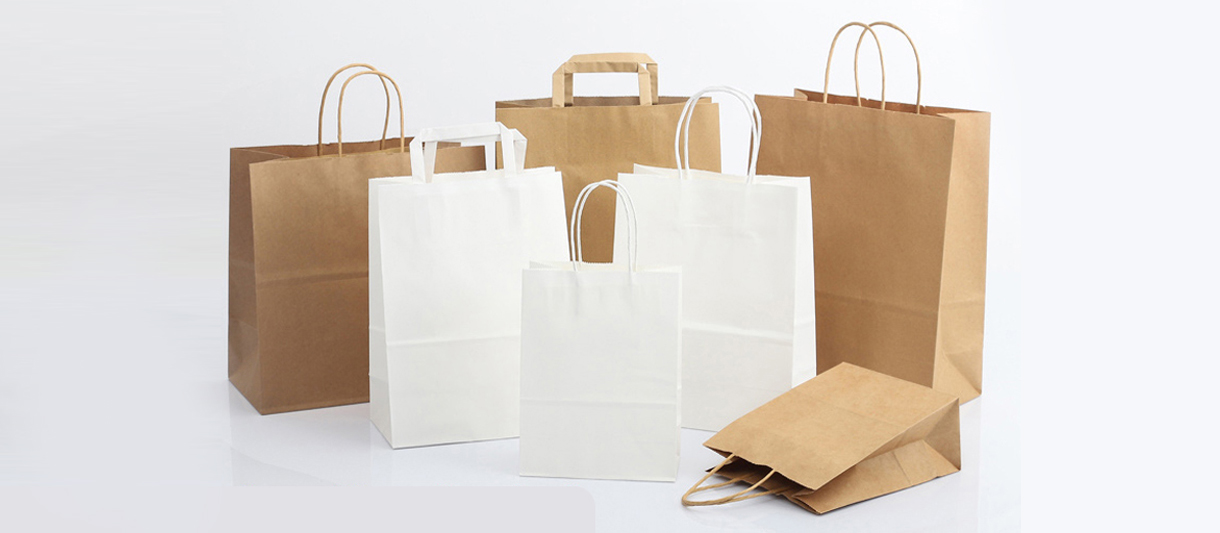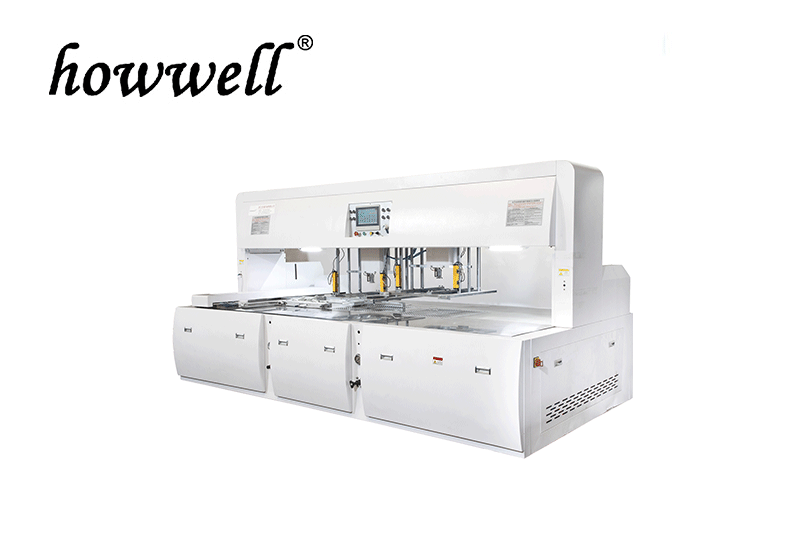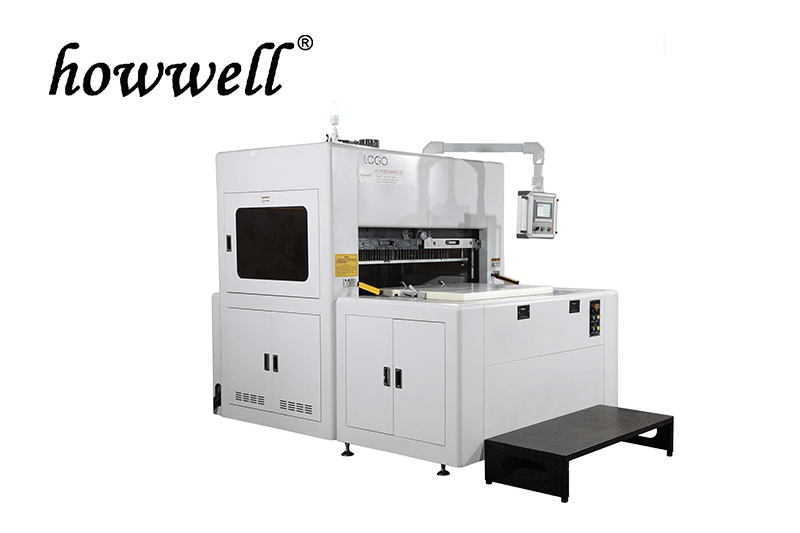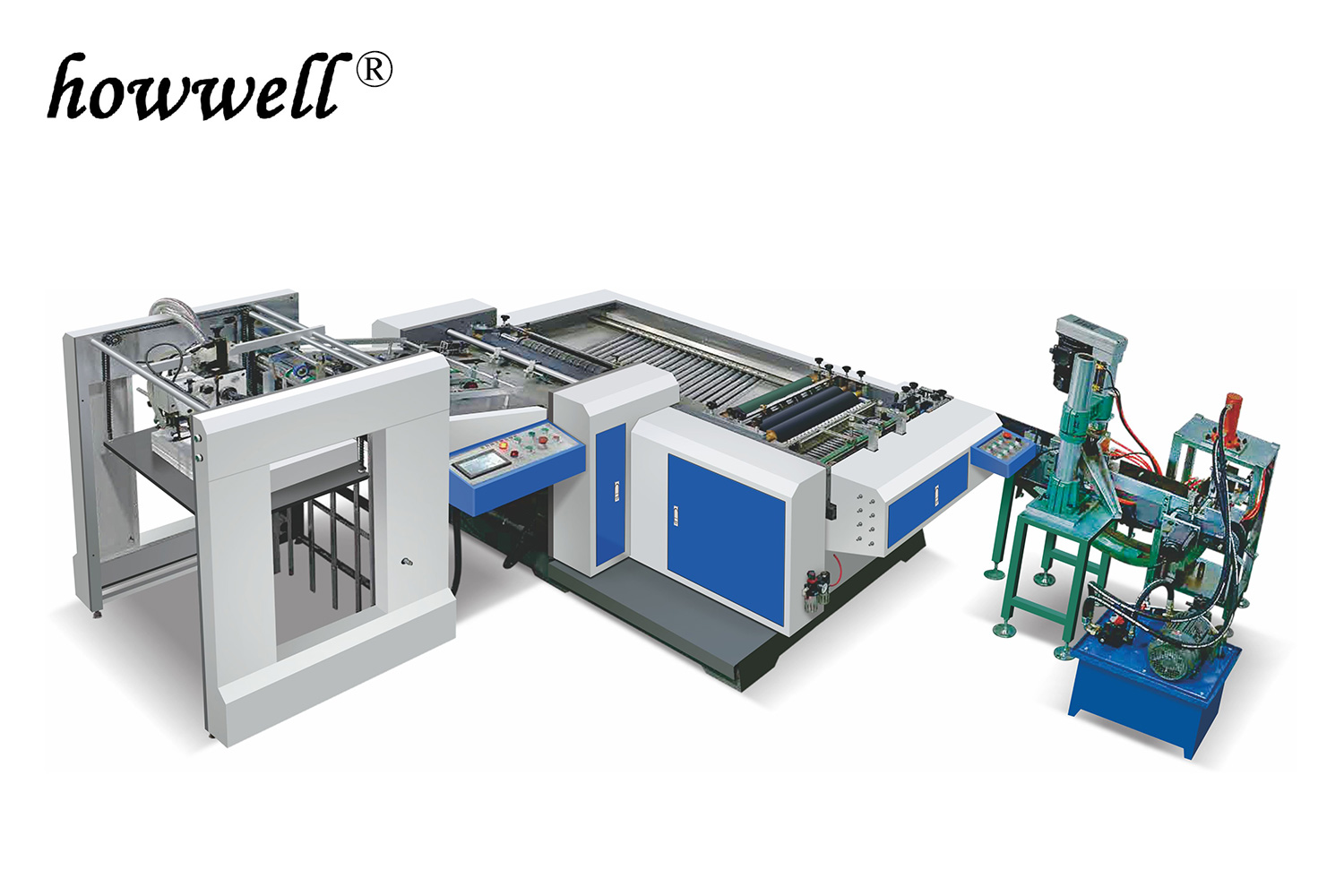Take you to understand the detection methods of the bag making machine
The bag making machine is a machine for making various types of plastic packaging bags or other material packaging bags.
Bag making machine tension detection:
Keeping material tension constant and controlling tension fluctuation are important factors to increase production efficiency and control bag quality. Tension detection is the basic premise of tension control.
There are two types of tension sensors in traditional bag making machines: direct measurement and indirect measurement. There are bearing-type tension sensors that are directly measured. For example, the excitation coil and the secondary coil of the piezomagnetic tension sensor are inductors. When the magnetic element is subjected to mechanical stress in the measurement direction, the magnetic coupling phenomenon occurs, and the secondary coil produces and The induced AC voltage signal proportional to the mechanical force outputs a tension signal proportional to the mechanical force through signal processing; the piezoresistive tension sensor is installed between the bearing and the frame to record the roll tension in the horizontal direction. Corresponding amplifiers are used to process the full-bridge voltage supply and measurement signals. The signal at the output of the amplifier is proportional to the radial force and can be used for digital display or as an instantaneous value in a closed loop; there is also a leaf spring micro-displacement tension sensor. The advantages of direct tension sensor are wide detection range, fast response speed and good linearity. The disadvantage is that the peak value of the tension cannot be absorbed. When the tension control system is strongly disturbed, the system does not have time to respond, and the tension on the material belt varies greatly.

The indirect tension detection method is essentially a position control, and the commonly used one is the floating roller tension detection. When the tension is stable, the tension on the material belt is balanced with the force of the cylinder, so that the floating roller is in the middle position. When the tension changes, the position of the floating roller will rise or fall. The floating roller potentiometer detects the change of the position of the floating roller, and it will feedback the position signal to the tension controller, and the controller will calculate and output the control signal.
The tension detection method of comprehensive direct and indirect testing can simultaneously detect the signal of the floating roller position and the tension electrical signal output by the sensor, which has a good buffering and smoothing effect, and also has the characteristics of high precision and high repeatability of closed-loop control.
There is also a detection method that obtains the tension according to the reel diameter. The proximity switch installed at the reel detects the reel's rotation speed, and through the set initial value of the reel diameter and material thickness, the cumulative calculation is used to obtain the rewinding or unwinding. According to the current diameter of the drum, the control signal is output according to the change of the coil diameter to control the winding torque or the unwinding braking torque, so as to adjust the tension.

Bag making machine deviation detection:
During the conveying process, the positional deviation in the horizontal direction may occur due to various reasons such as uneven force, uneven thickness, and roundness of the traction roller. Online deviation detection should be carried out in time.
In the early days, the speed of the bag making machine was not high, and the deviation of the material was manually adjusted by the operator according to the actual observation on the spot.
Since the photoelectric sensor has the advantages of simple structure, stable performance, high precision and fast response, the photoelectric sensor is now used to track the boundary lines of different chromaticity areas on the edge of the packaging material, and read out the offset between the actual position of the strip and the set position. , convert the offset into an electrical signal and amplify and compare, calculate and analyze, and send an instruction to the servo controller to control the motor to drive the rectifying and guiding mechanism, and return the strip to the set position to achieve the purpose of automatic tracking and adjustment of transportation.
 Español
Español Français
Français



